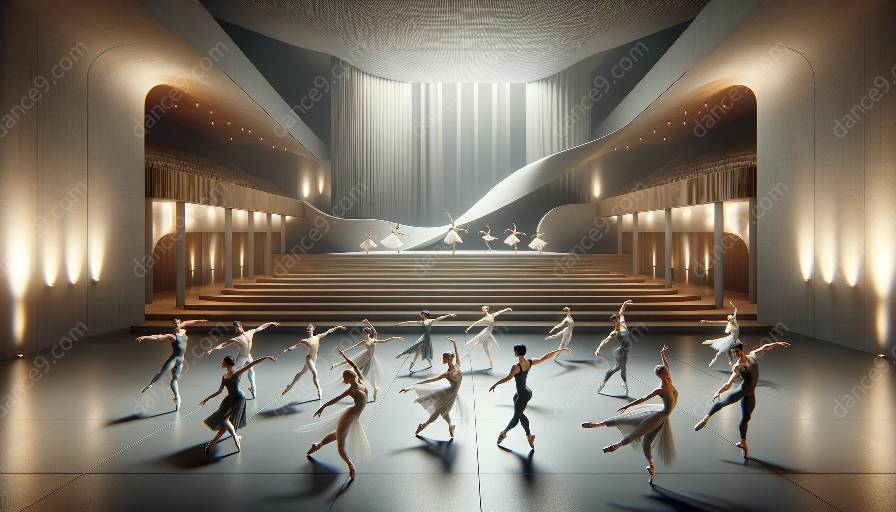Traditionally, ballet has been divided into two major styles: Classical Ballet and Neo-Classical Ballet. Both forms have their own unique characteristics, yet they share a common history and influence on the development of ballet as an art form. In this comparative study, we will delve into the differences and similarities between Neo-Classical Ballet and Classical Ballet, and explore the historical and theoretical aspects of these enchanting dance styles.
History of Ballet
Ballet, originating in the Italian Renaissance courts of the 15th century, has evolved through various stages to become the beautiful and expressive art form we know today. The Classical Ballet style emerged in the 19th century, characterized by its magical storytelling, elegant movements, and elaborate costumes. This style is often associated with the works of renowned choreographers such as Marius Petipa and Lev Ivanov, who created timeless ballets like Swan Lake and The Nutcracker.
On the other hand, Neo-Classical Ballet emerged in the 20th century as a response to the rigid structure of Classical Ballet. Influential choreographers like George Balanchine and Frederick Ashton revolutionized the dance form by incorporating more abstract movements, asymmetrical choreography, and a focus on the dancers' athleticism and musicality.
Comparative Analysis
Technique
Classical Ballet technique emphasizes precision, turnout, and line, with a focus on graceful and fluid movements. In contrast, Neo-Classical Ballet incorporates a wider range of movement, including off-center and asymmetrical positions, and demands a high level of technical skill from the dancers.
Storytelling and Music
While Classical Ballet often revolves around traditional storylines and fairy tales, Neo-Classical Ballet often breaks away from narrative storytelling and focuses on abstract concepts and pure movement. Similarly, the music used in Classical Ballet compositions tends to follow a linear narrative, whereas Neo-Classical Ballet music can be more experimental and non-linear.
Costume and Set Design
Classical Ballet performances typically feature elaborate and ornate costumes and sets that transport the audience to magical worlds. In Neo-Classical Ballet, the costumes and sets are often more minimalist and modern, allowing the focus to remain on the dancers' movements and the choreography itself.
Impact on Contemporary Ballet
Both Classical and Neo-Classical Ballet continue to influence contemporary ballet choreography and technique. Many modern choreographers blend elements from both styles to create innovative and captivating performances that push the boundaries of traditional ballet. This fusion of styles has led to the evolution of ballet as an art form, keeping it relevant and exciting for audiences around the world.





























